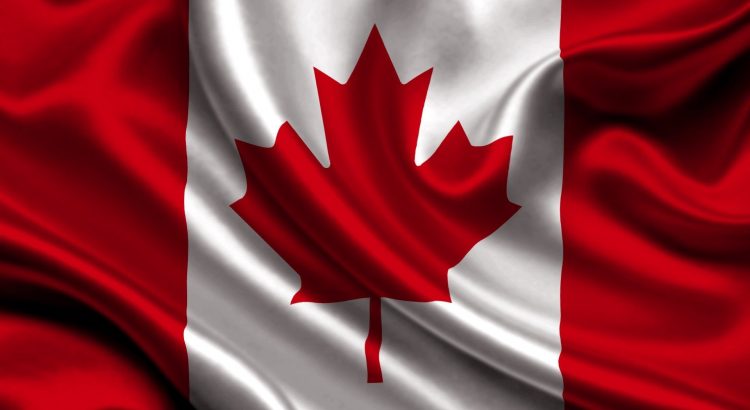-
- Canada has a public health care system known as “medicare”. It provides medical insurance for health care services to all Canadian citizens and permanent residents. You must have a valid health card and number to get eligible health care costs covered.
- Canada’s national health insurance program (Medicare) covers the cost of necessary hospital and doctor services. It involves the health care plans of all provinces and territories and aims to be equitable for all. Not all medical services or procedures are covered by public health care.
- The ancestors of Aboriginal peoples are believed to have migrated from Asia many thousands of years ago. In the 1970s, the term First Nation began to be used. Today, about half of First Nations people live on reserve land in about 600 communities while the other half live off-reserve, mainly in urban centres.
- When they came to Canada, many early French fur traders married First Nations women. Their descendants are called the Metis people. Most Metis live in Canada’s prairie provinces and speak their own dialect – Michif.
- The first four provinces to join Confederation as “Canada” in 1867 were Ontario, Quebec, Nova Scotia, and New Brunswick. Canada’s first Prime Minister was Sir John A. MacDonald. Manitoba joined in 1870, BC in 1871, PEI in 1873, NWT in 1880, Yukon in 1898, Saskatchewan and Alberta in 1905, Newfoundland and Labrador in 1949 and Nunavut in 1999.
- Canada’s Pacific coast province is British Columbia. The Prairie provinces are Alberta, Sasketchewan, and Manitoba. Central Canada refers to Ontario and Quebec. The North means the three territories: the Yukon, the Northwest Territories, and Nunavut. “Maritimes” refers to the three provinces of New Brunswick, Nova Scotia, and Prince Edward Island. “Atlantic provinces” refers to those three plus Newfoundland and Labrador.
- More than 80% of Canada’s population live in towns and cities that are within 250 kilometres of the U.S. border. The U.S. borders Canada to the south. The United States is Canada’s largest trading partner.
- According to the 2006 Census, 6,186,950 foreign-born people lived in Canada. Not all foreign-born people who live in Canada have English or French as their mother tongue. In the 2006 census, people reported their mother tongue as:
- Chinese 18.6%
- Italian 6.6%
- Punjabi 5.9%
- Spanish 5.8%
- German 5.4%
- Tagalog 4.8%
- Arabic 4.7%
- The Inuit, which means “the people” in the Inuktitut language, live in small, scattered communities across the Arctic. Their knowledge of the land, sea and wildlife enabled them to adapt to one of the harshest environments on earth. About 65% of the Aboriginal people are First Nations, while 30% are Metis and 4% Inuit.
- The name “Canada” comes from the Huron-Iroquois word “Kanata” meaning village or settlement, and the name was used by the early explorer Jacques Cartier. The word Canada started appearing on maps in the 1550s.
Reference: DayPlanner

Incredible points. Solid arguments. Keep up the great effort.